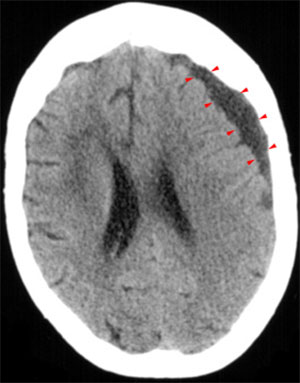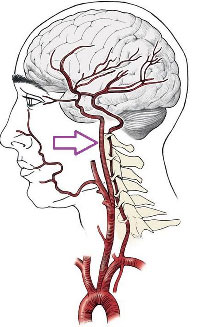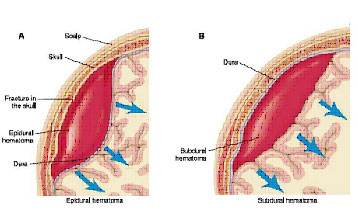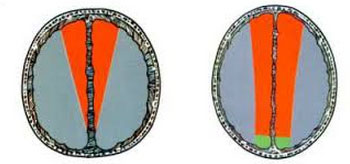Chronic Subdural Haematoma is an old coagulation of blood on the surface of the cerebrum underneath its external covering. These condensed coagulations frequently happen in patients above the age of sixty and more seasoned who have cerebrum decay, a contracting or squandering ceaselessly of mind tissue because of age or ailment. At the point when the cerebrum recoils inside the skull after some time, minor head injury can bring about tearing of veins over the mind surface, bringing about a moderate collection of blood more than a few days to weeks.

In view of the cerebrum decay, the condensed blood clusters can turn out to be vast before they cause side effects. Not as much as a large portion of patients recall the traumatic occasion itself in light of the fact that even moderately insignificant injury, for example, a minor knock on the head, can create these moderate hemorrhages. Other danger variables incorporate liquor misuse, seizures, shunts that empty abundance cerebrospinal liquid out of the mind, and blood diminishing drugs, for example, Coumadin.

An accumulation of blood then structures over the surface of the mind. In an interminable subdural gathering, blood spills from the veins gradually after some time, or a quick drain is left to clear up all alone. A subdural hematoma is more basic in the elderly in light of ordinary mind shrinkage that happens with maturing. This shrinkage extends and debilitates the connecting veins. These veins are more prone to break in the elderly, even after a minor head harm. You or your family may not recollect any harm that could clarify it.


Patients with Chronic Subdural Haematoma that deliver manifestations are viably and securely treated by boring a gap in the skull and depleting the blood mass through a catheter. This methodology can frequently be performed at the quiet's bedside instead of the working room. Surgery for Chronic Subdural Haematoma is suggested if the intense subdural hematoma is connected with a midline shift more prominent than or equivalent to 5 mm. Surgery likewise has been prescribed for intense subdural hematomas surpassing 1 cm in thickness.